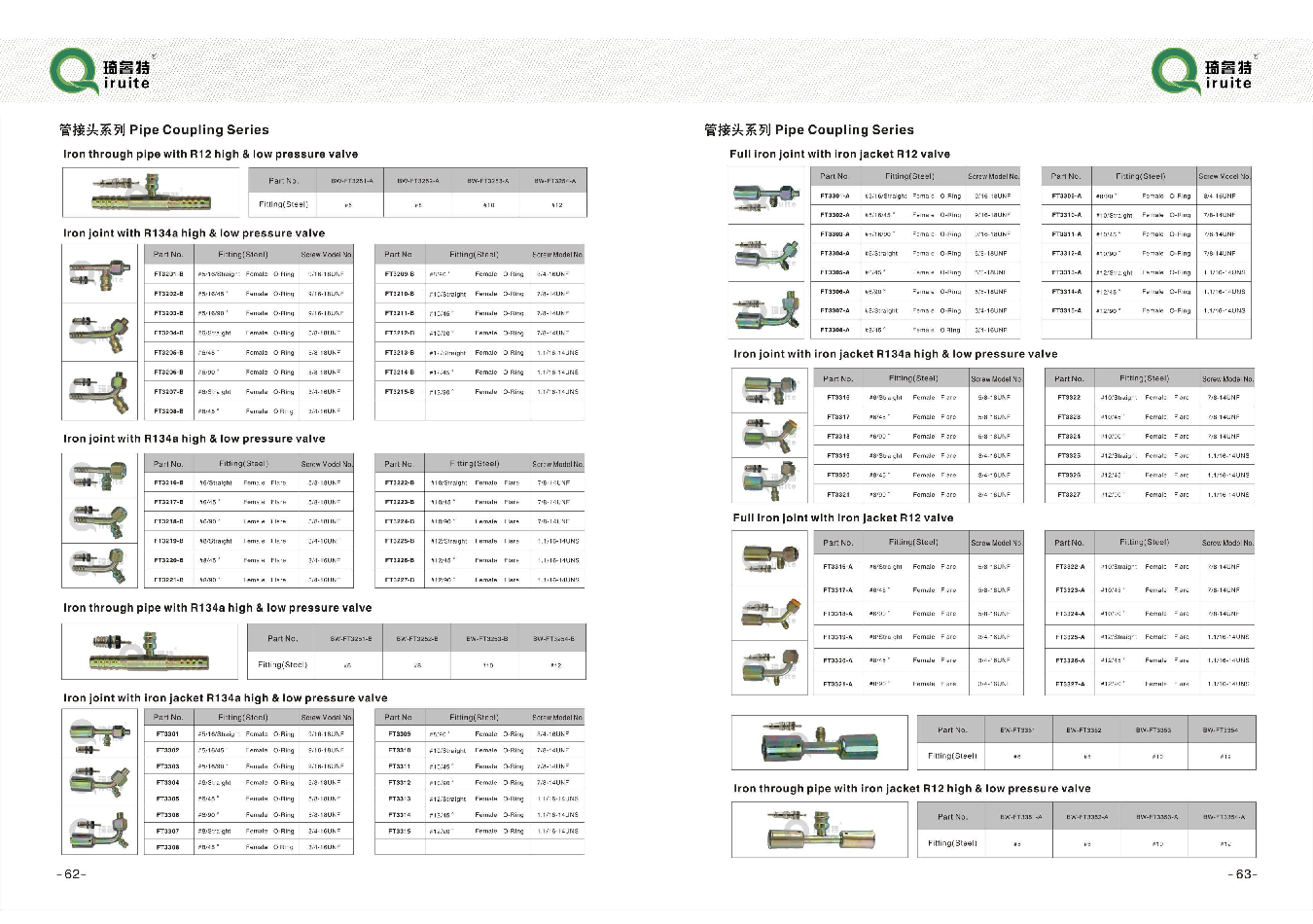Steps to detach power steering hoses from your vehicle easily and safely
How to Remove Power Steering Hose A Comprehensive Guide
Power steering is a crucial component of modern vehicles, providing drivers with easier steering capabilities. However, like any mechanical system, it can sometimes develop leaks, requiring a replacement of the power steering hose. Removing the power steering hose is a task that can seem daunting, especially for those unfamiliar with automotive repairs. Fortunately, with the right tools and a systematic approach, it's entirely manageable. This guide will walk you through the process step by step.
Tools and Materials Needed
Before diving into the task, it’s crucial to gather the necessary tools and materials. Here’s what you will need
- Safety goggles and gloves - Wrench set (including a ratchet and socket) - Pliers - Fluid catch basin or container - New power steering hose - Rags or shop towels - Torque wrench (optional)
Safety First
Always prioritize safety when working on your vehicle. Start by ensuring the engine is off and has cooled down. It is also advisable to disconnect the battery to prevent any electrical issues or accidental starting of the vehicle during the repair. Wear safety goggles and gloves to protect your eyes and hands from steering fluid, which can be harmful if it comes in contact with your skin.
Step 1 Locate the Power Steering Hose
The power steering system typically consists of two hoses the high-pressure hose and the return hose. The high-pressure hose carries fluid from the pump to the steering gear, while the return hose brings fluid back to the reservoir. Refer to your vehicle’s service manual to accurately locate both hoses.
Step 2 Prepare for Fluid Drainage
Before you disconnect the hoses, you need to drain the power steering fluid to prevent spills. Place a fluid catch basin under the vehicle, directly beneath the power steering pump. It’s advisable to loosen the cap on the power steering reservoir first to allow air in, which helps fluid drain more freely.
Step 3 Access the Hose Connections
Using the appropriate wrench or socket, locate the clamps or fittings securing the power steering hoses to the pump and the steering gear. This may require some maneuvering or removing other components to gain better access. Use pliers if necessary to help remove any clamps.
how to remove power steering hose

Step 4 Disconnect the Hoses
Once you have access to the connections, carefully disconnect the hoses. Be prepared for residual fluid to spill out, and have your rags handy to clean up any spills. If you’re working with metal fittings, ensure you don’t strip them when removing the hose, as these fittings can be delicate. For rubber hoses, twisting gently can help loosen the connection.
Step 5 Remove the Old Hose
With the hoses disconnected, you can now remove the old power steering hose completely. Take note of how the hose is routed in case the new one needs to be installed similarly. Compare the old hose with the new one to ensure compatibility.
Step 6 Install the New Power Steering Hose
Position the new hose as per the routing of the old one. Connect it securely at both ends, making sure the fittings are properly aligned. Tighten the clamps or fittings without over-tightening, as this can damage the hose or fittings.
Step 7 Refill Power Steering Fluid
After ensuring that all connections are tight and secure, refill the power steering reservoir with the appropriate type of fluid as specified in your vehicle’s manual. Make sure not to overfill, as this can cause leaks.
Step 8 Test the System
Reconnect the battery and start the engine. Turn the steering wheel from lock to lock a few times, which will help purge any air from the system. Check for any leaks around the connections, and top off the fluid if necessary.
Conclusion
Removing and replacing a power steering hose may seem intimidating, but with the right tools and a careful approach, it can be a straightforward task. Regular maintenance and timely repairs can help keep your power steering system functioning smoothly, allowing for a safer and more enjoyable driving experience. Always consult your vehicle’s manual for specific instructions related to your model and consider seeking professional assistance if you encounter difficulties.
-
Ultimate Spiral Protection for Hoses & CablesNewsJun.26,2025
-
The Ultimate Quick-Connect Solutions for Every NeedNewsJun.26,2025
-
SAE J1401 Brake Hose: Reliable Choice for Safe BrakingNewsJun.26,2025
-
Reliable J2064 A/C Hoses for Real-World Cooling NeedsNewsJun.26,2025
-
Heavy-Duty Sewer Jetting Hoses Built to LastNewsJun.26,2025
-
Fix Power Steering Tube Leaks Fast – Durable & Affordable SolutionNewsJun.26,2025

